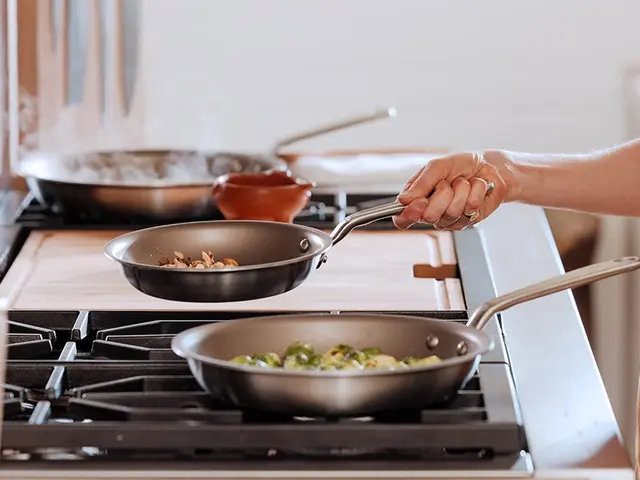Potato Pierogies with Caramelized Onions
Shop This Video

- Round Enameled Cast Iron Dutch Oven
- 5.5 QT · Harbour Blue
- HK$2,950

- Stainless Clad Stock Pot
- 8 QT + Pasta Insert
- HK$3,850HK$3,30015% off

- Stainless Clad Saucepan
- 2 QT
- HK$1,750

- Stainless Clad Frying Pan
- 10"
- HK$1,400

- 8 Inch Chef Knife
- Harbour Blue
- HK$1,400
Let these satisfyingly savory vegetarian pierogies be your new holiday tradition.
·Dec 6, 2022









